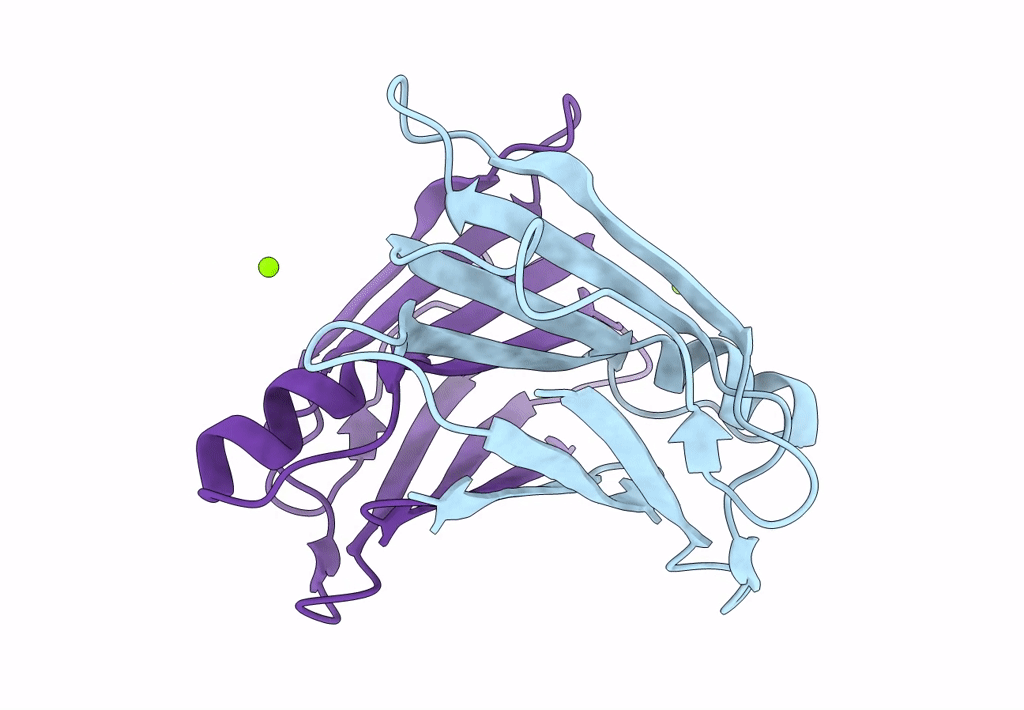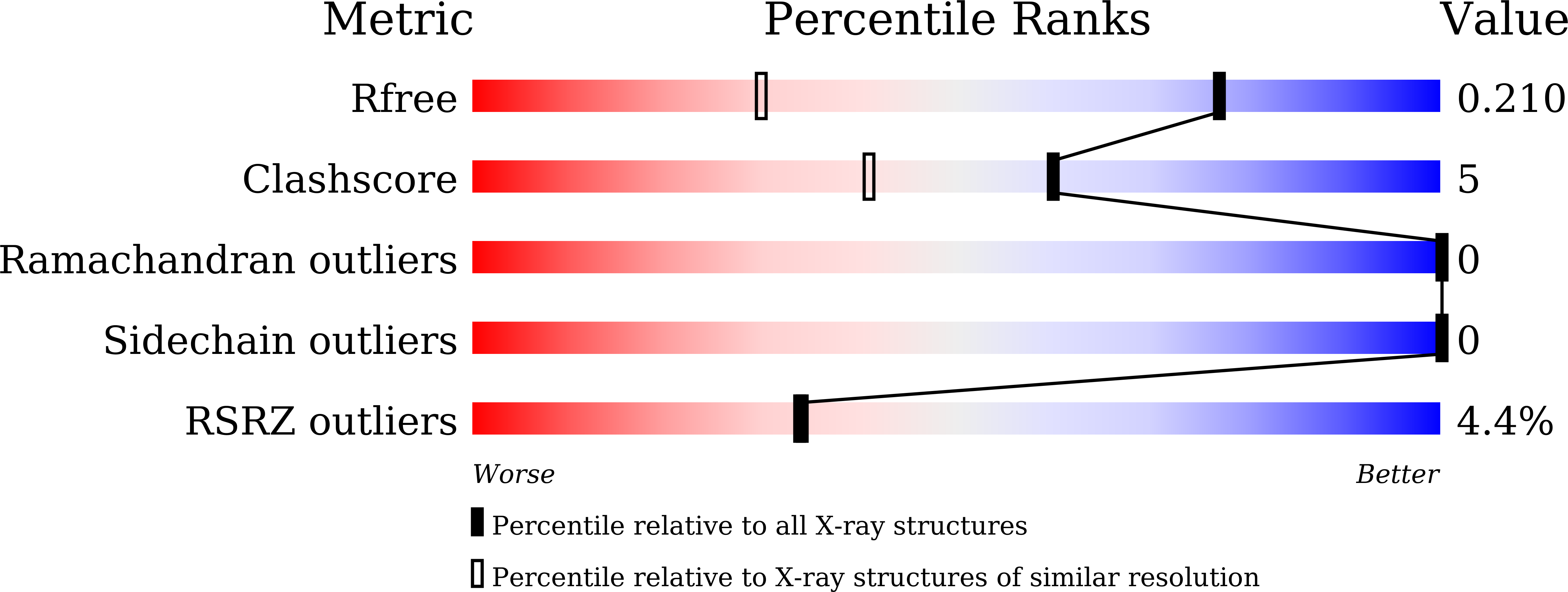
Deposition Date
2022-01-12
Release Date
2022-11-23
Last Version Date
2023-11-29
Entry Detail
PDB ID:
7WL6
Keywords:
Title:
Crystal structure of I73L mutated human transthyretin
Biological Source:
Source Organism:
Homo sapiens (Taxon ID: 9606)
Host Organism:
Method Details:
Experimental Method:
Resolution:
1.42 Å
R-Value Free:
0.21
R-Value Work:
0.18
R-Value Observed:
0.18
Space Group:
P 21 21 2


